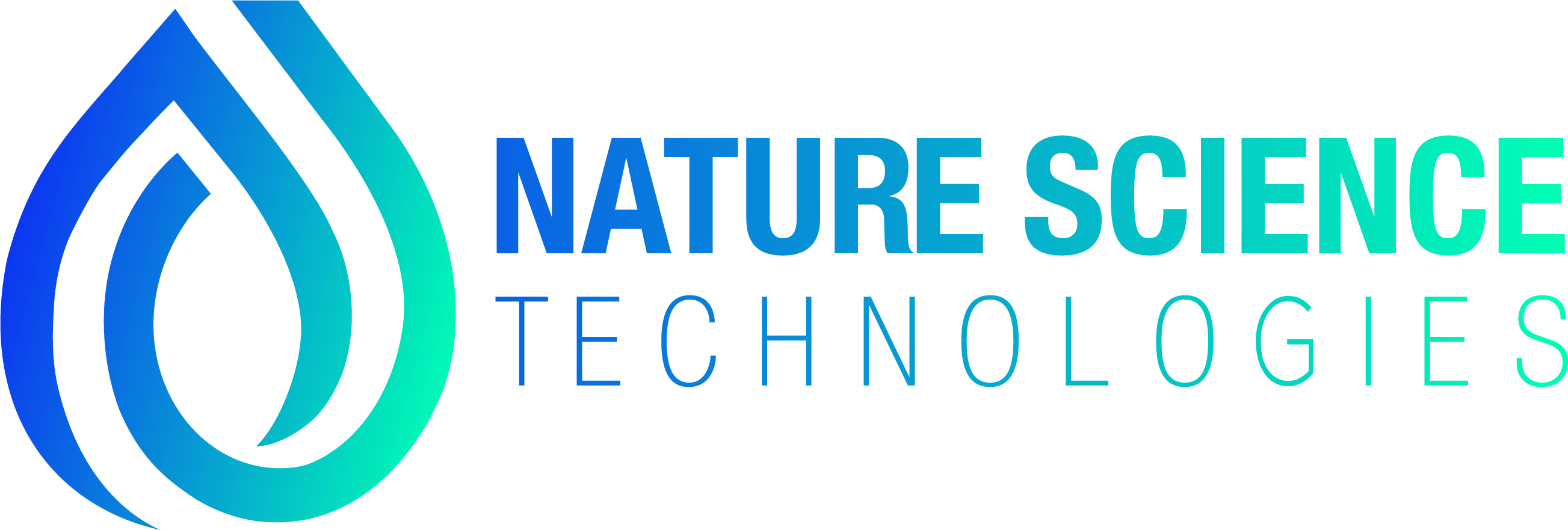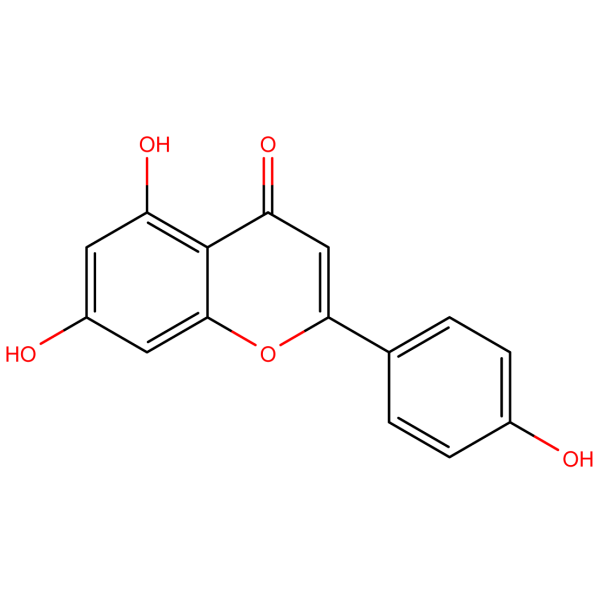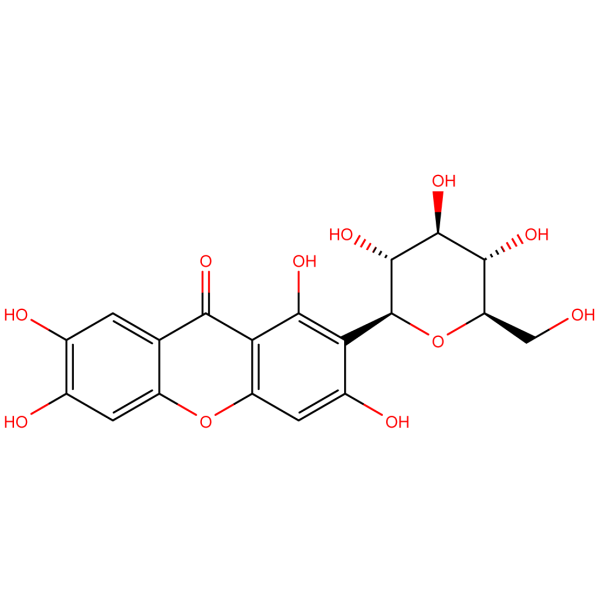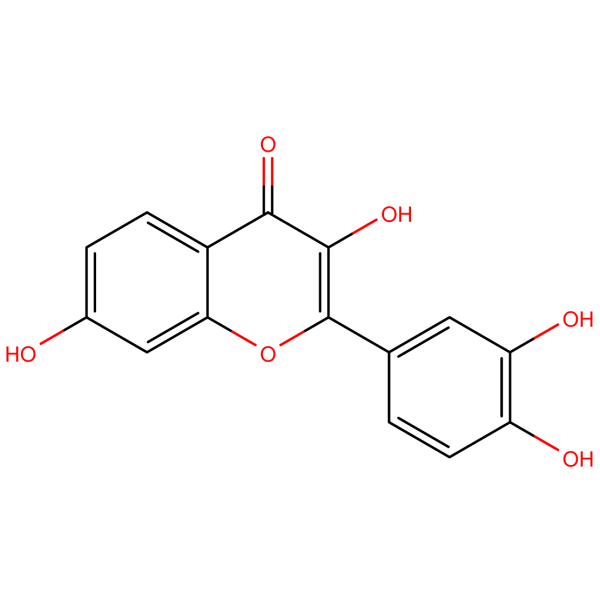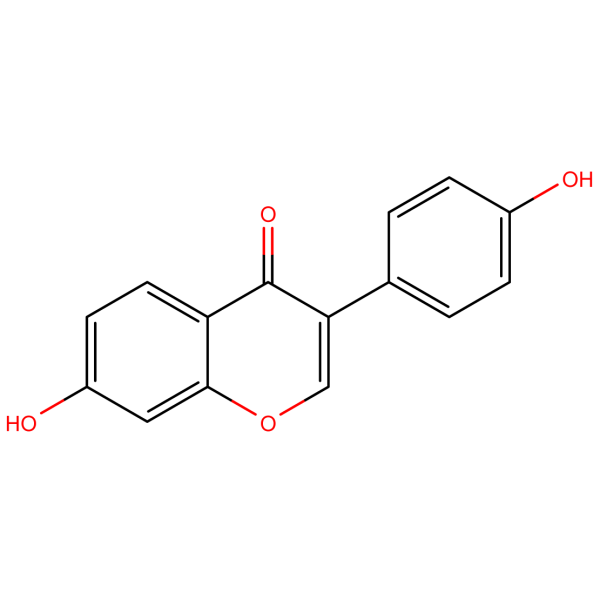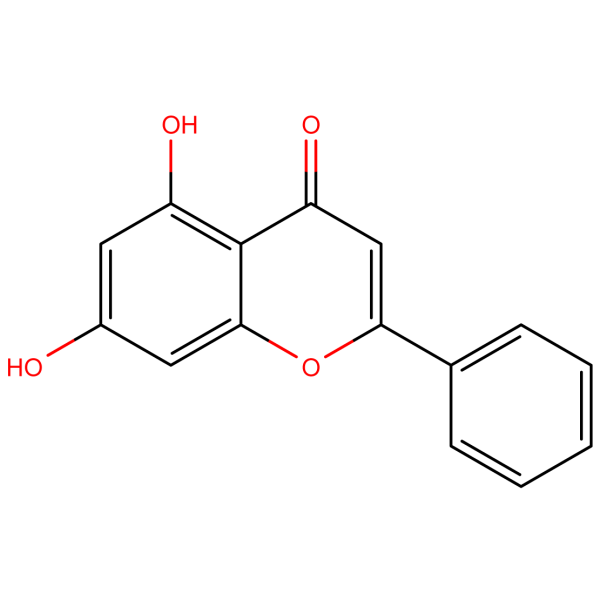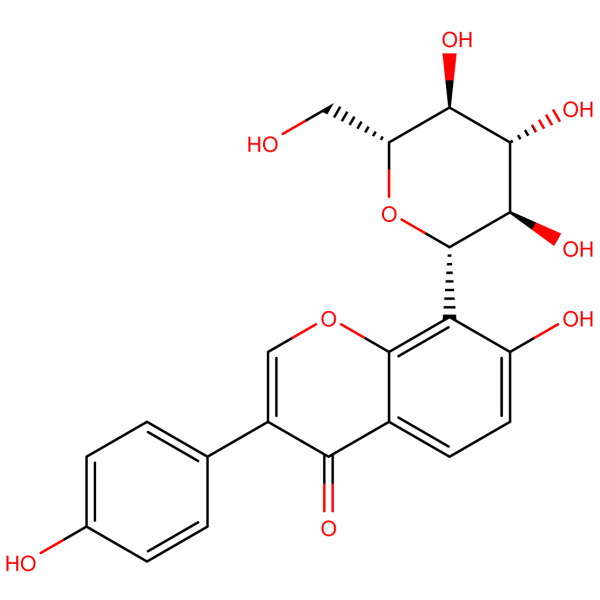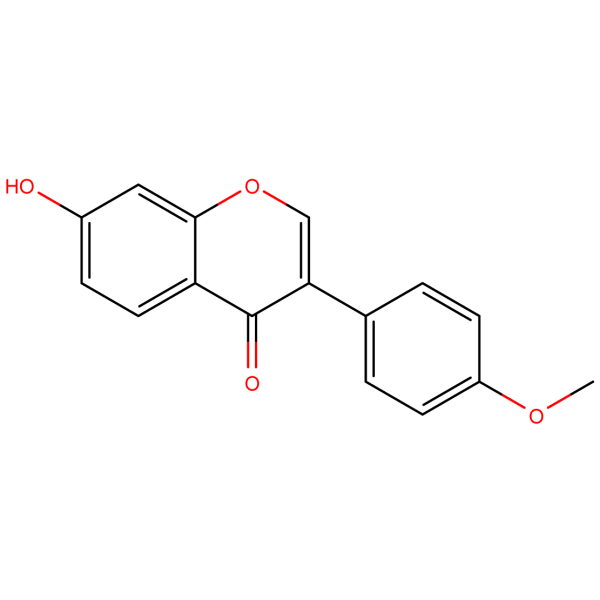Glabridin: Potent Isoflavonoid for Advanced Biomedical Research
1. Molecular Identity
- Chemical Name: 4-[(3R)-8,8-dimethyl-3,4-dihydro-2H-pyrano[6,5-f]chromen-3-yl]-1,3-benzenediol
- CAS Number: 59870-68-7
- Source: Naturally occurring in licorice root (Glycyrrhiza glabra)
2. Biochemical Significance
Glabridin is an isoflavonoid with diverse biological activities. Its unique molecular structure contributes to its potent antioxidant, anti-inflammatory, and potential skin-lightening properties, making it a compound of significant interest in pharmaceutical research, cosmeceutical studies, and natural product investigations.
3. Key Properties of Glabridin
- Antioxidant: Exhibits strong free radical scavenging ability
- Anti-inflammatory: Demonstrates potential to modulate inflammatory pathways
- Skin-lightening: Shows promise in inhibiting tyrosinase activity
- Estrogenic activity: Indicates potential phytoestrogen properties
4. Potential Research Applications
- Dermatological studies and skin care research
- Cardiovascular health investigations
- Cancer research, particularly hormone-dependent cancers
- Metabolic disorder and diabetes studies
5. Current Research Focus
Ongoing studies are investigating Glabridin’s effects on:
- Melanogenesis and skin pigmentation processes
- Oxidative stress and antioxidant defense mechanisms
- Inflammatory signaling pathways in various tissues
- Estrogen receptor-mediated activities
6. Formulation Challenges and Innovations
Researchers are actively working on:
- Enhancing stability and bioavailability through novel delivery systems
- Developing topical formulations for dermatological applications
- Creating synergistic combinations with other natural compounds
7. Regulatory Considerations
Glabridin (CAS 59870-68-7) is primarily used in research settings and as a component in some cosmetic formulations. Its development for specific therapeutic applications would require comprehensive safety and efficacy evaluations to meet regulatory standards.
8. Future Research Directions
The scientific community anticipates:
- Advanced clinical trials for skin care and pigmentation disorders
- Exploration of Glabridin’s potential in hormone-related therapies
- Investigation of its mechanisms of action at the molecular level
9. Collaborative Opportunities
We invite dermatologists, endocrinologists, oncologists, and academic institutions to explore the research potential of Glabridin. For inquiries, collaborations, or to discuss how this compound can benefit your research projects, please contact us at sales@nstchemicals.com.
Join us in advancing biomedical research with Glabridin – a powerful isoflavonoid at the forefront of natural product-based therapeutic and cosmeceutical strategies.
